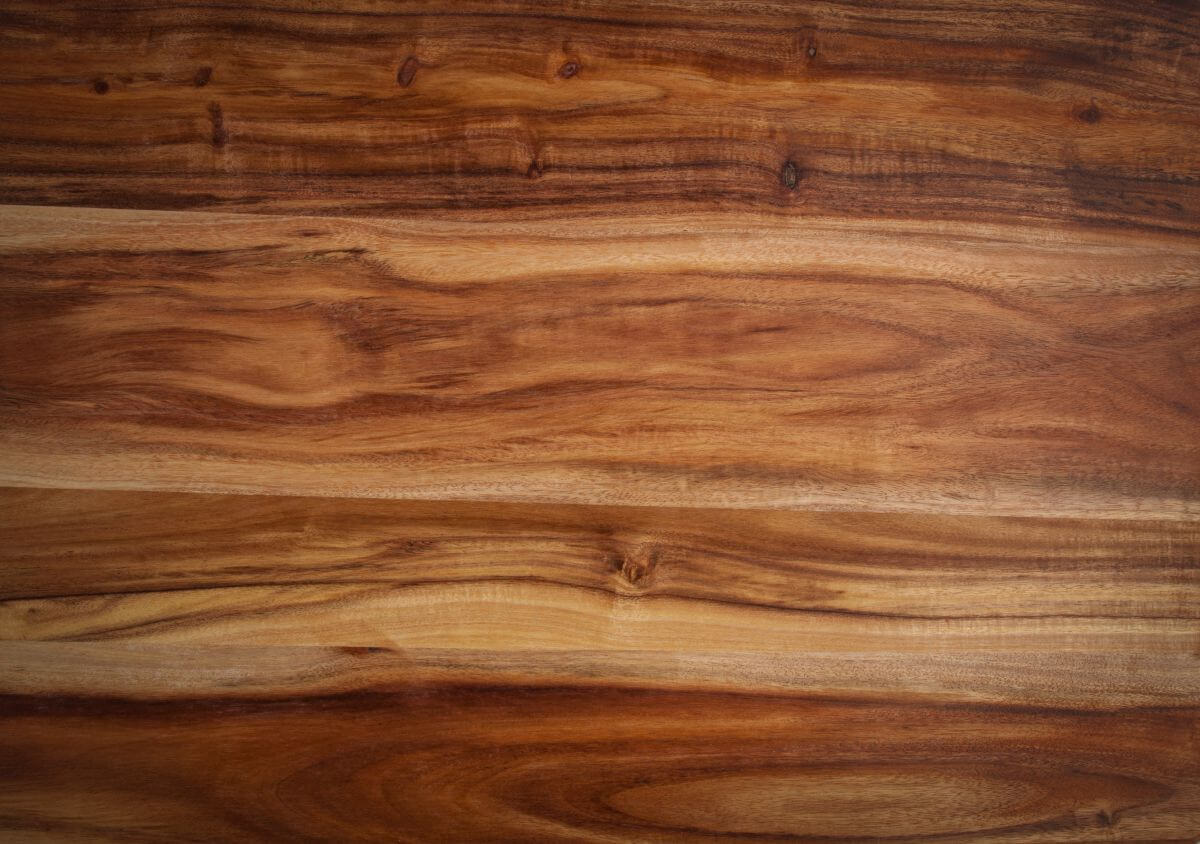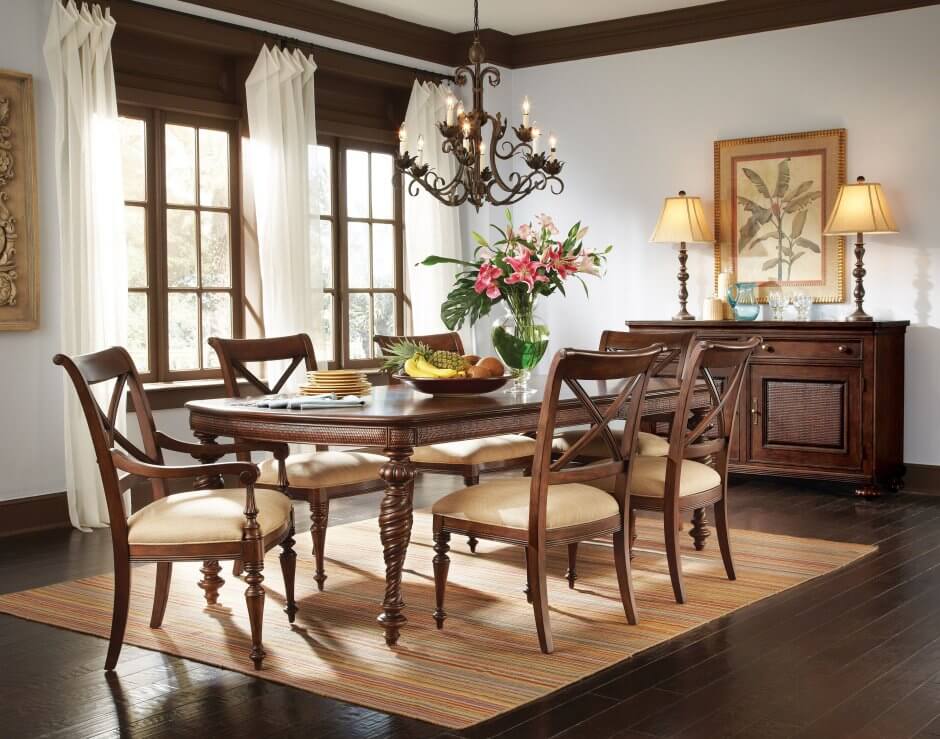When it comes to choosing wood for furniture, flooring, or outdoor fixtures, one name that often comes up is acacia wood. This tropical hardwood has become a favorite among homeowners and interior designers alike because of its remarkable strength, unique grain, and natural beauty.
Renowned for its durability and unique beauty, acacia wood has recently gained popularity. However, before investing in this type of wood, know that acacia wood has some disadvantages.
So, it is essential to understand whether it is hard to maintain and how to care for it properly. However, a common question that often arises is whether acacia wood is hard to maintain.
In this blog, we will discuss the characteristics of acacia wood, its maintenance requirements, and some valuable tips on how to keep it looking beautiful for years to come.
Characteristics of Acacia Wood

Acacia wood is derived from various species of the acacia tree, which is native to Africa, Australia, and parts of Asia. It is known for its remarkable strength, resilience, and distinctive grain patterns.
Here are some of the key characteristics of acacia wood.
- Hardness: One of the standout features of acacia wood is its hardness. It is rated highly on the hardness scale. This makes it exceptionally resistant to wear and tear. This makes it suitable for a wide range of furniture, from indoor furniture to outdoor decking.
- Durability: Acacia wood is naturally resistant to pests, rot, and insects. This is due to the high oil content in them. This makes it an excellent choice for outdoor furniture and structures that are exposed to the elements.
- Aesthetics: Acacia wood is known for its striking appearance. Its grain patterns can vary widely. This includes straight and uniform to wavy and irregular. The wood’s color can range from pale yellow to deep brown and it often features beautiful knots and swirls.
- Sustainability: Acacia trees are fast-growing and abundant. This makes the wood a sustainable choice for those concerned about the environment. When sourced responsibly, acacia wood is a renewable resource.
Methods for The Maintenance of Acacia Wood
Acacia wood stands as a favored option when it comes to selecting outdoor furniture for your patio or garden due to its impressive durability and extended lifespan. If you want your acacia table, chair, or bench to stick around for many years, you have got to take good care of it.
Here are some methods for the maintenance of acacia wood:
1. Cleaning
Dust your acacia wood furniture or flooring regularly with a soft, lint-free cloth or a microfiber duster to prevent dust buildup. Also, use a soft brush attachment on your vacuum cleaner to remove dust and debris from corners. You can also use a damp cloth for more stubborn dirt or stains. Wipe the surface gently and immediately dry it with a clean and dry cloth.
2. Avoid Water Damage
Accidental spills can damage acacia wood. Wipe up any spills promptly with a clean and dry cloth to prevent water from seeping into the wood grain. Use coasters and placemats under glasses, cups, and hot dishes to protect the wood surface from moisture and heat.
3. Protection from Heat
Always use heat-resistant pads when placing hot pans or pots on acacia wood surfaces to prevent heat marks or burns. Prolonged exposure to direct sunlight can fade and damage the wood. So keep your acacia wood furniture from direct or intense sunlight.
4. Polishing and Maintenance
Periodically, you can apply high-quality wood polish to your acacia wood to enhance the luster and protect the finish. Follow the manufacturer’s instructions for the product you choose. If you notice that the finish is wearing thin or becoming dry, consider refining the wood with an appropriate wood finish or oil. Sand the surface lightly, apply the finish as directed in the label, and allow it to dry thoroughly.
5. Prevent Scratches
Lift objects instead of dragging them across acacia wood surfaces to prevent scratches.
6. Humidity Control
Acacia wood can expand and contract with changes in humidity. Use a humidifier or dehumidifier to maintain a consistent humidity level in your home. Ideally, it should be between 40% to 60% to minimize the risk of warping or cracking.
7. Inspect Regularly
Routinely inspect your acacia wood items for signs of damage, such as cracks, splits, or loose joints. Address any issues promptly to prevent further damage.
8. Use A Mild Wood Cleaner
Occasionally, use a specially formulated wood cleaner that is designed for hardwoods like acacia. Make sure the cleaner has a neutral pH and follow the manufacturer’s instructions for usage. Stay away from abrasive or harsh chemicals that can strip away the wood’s natural oils and finish. These can damage the wood’s appearance and integrity.
9. Covering
When storing acacia wood items, especially outdoor furniture, try to cover them with appropriate furniture covers to shield them from the elements like water, moisture, direct sunlight, and dust.
10. Professional Maintenance
If your acacia wood furniture or flooring has significant wear or damage, consider hiring a professional to refinish or repair it. They can send and reseal the wood to restore its original beauty.
By following these methods, you can ensure the long-term beauty and durability of your acacia wood items. These maintenance methods are not very hard. But it is required to be maintained regularly. Proper care and maintenance will help protect your investment and allow you to enjoy the natural elegance of acacia for years to come.
Conclusion
The answer to whether acacia wood is hard to maintain largely depends on the level of care you are willing to provide. Acacia wood is not particularly difficult to maintain. But it does require some care and attention to ensure its longevity and beauty.
Remember that proper maintenance not only preserves the aesthetics of your furniture but also contributes to the sustainability of this remarkable hardwood. While acacia wood is durable and resilient, it requires attention to keep it looking its best.
So, if you are considering acacia wood for your next furniture purchase, rest assured that with a little care, it can be a fantastic addition to your home.
Be sure to check out these other posts for more fascinating insights
- Acacia Wood Outdoor Furniture – Pros and Cons
- Types of Cedar Trees with Identification Guide
- Different Types of Trees with Their Names and Pictures for Easy Identification
- 15 Stunning Grapevine Trellis Designs for Your Backyard Arbor
- Types of Oak Trees with their Bark and Leaves: Identification Guide

